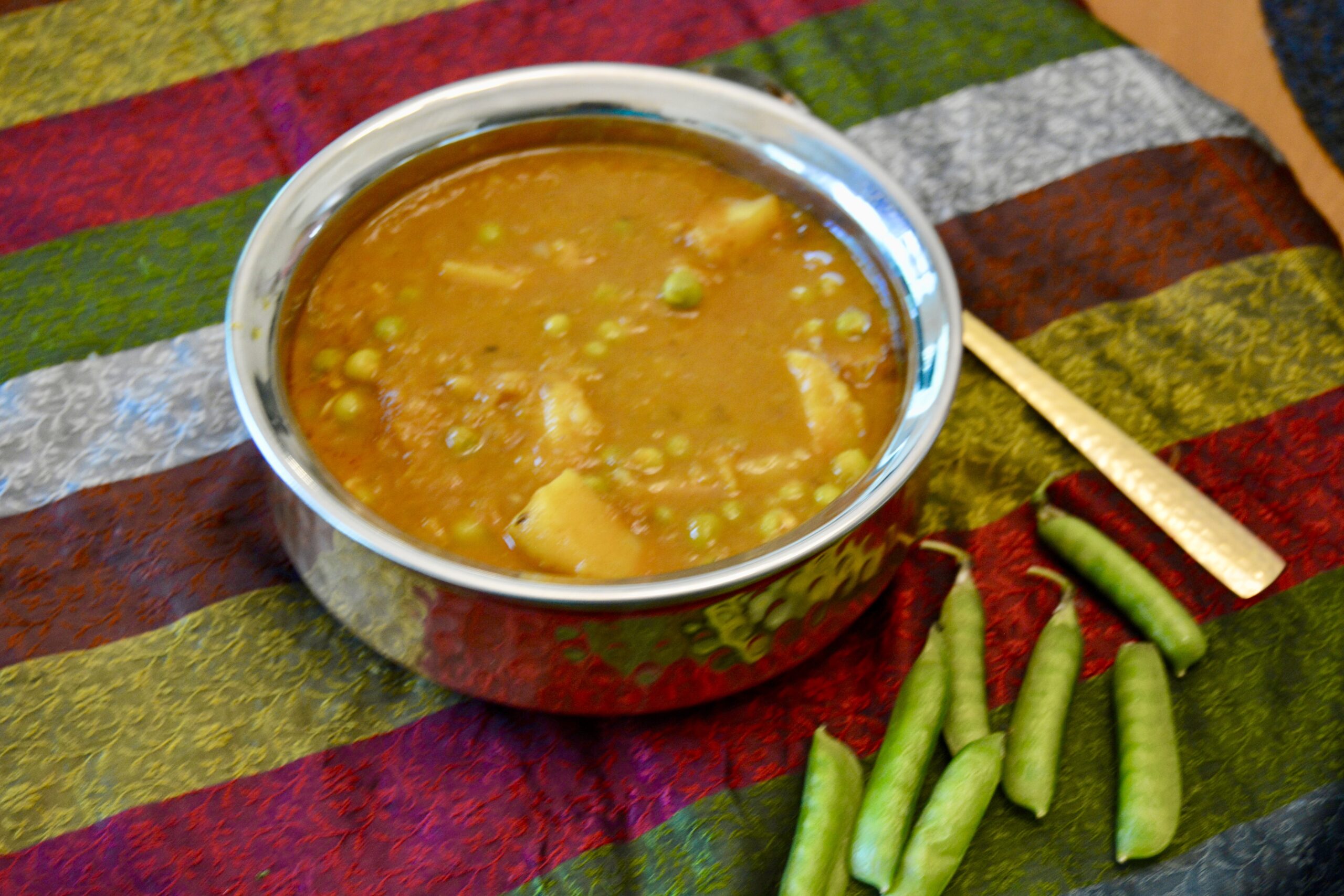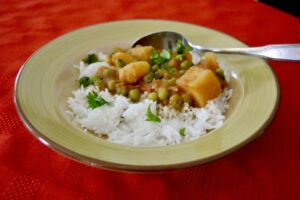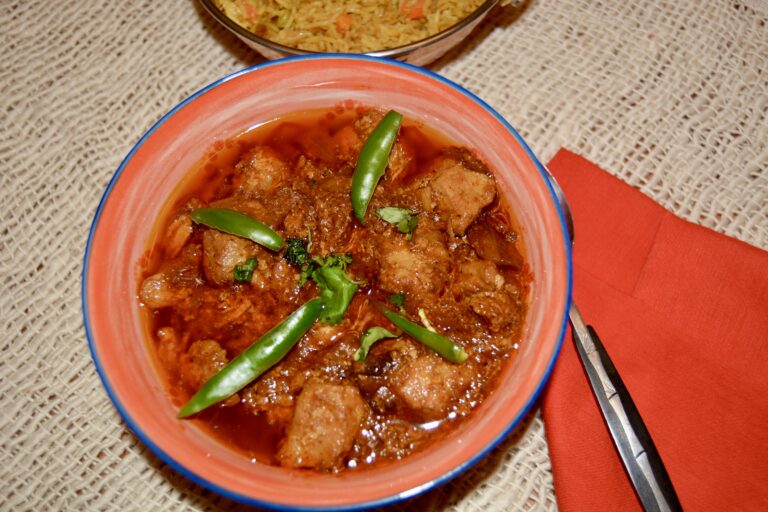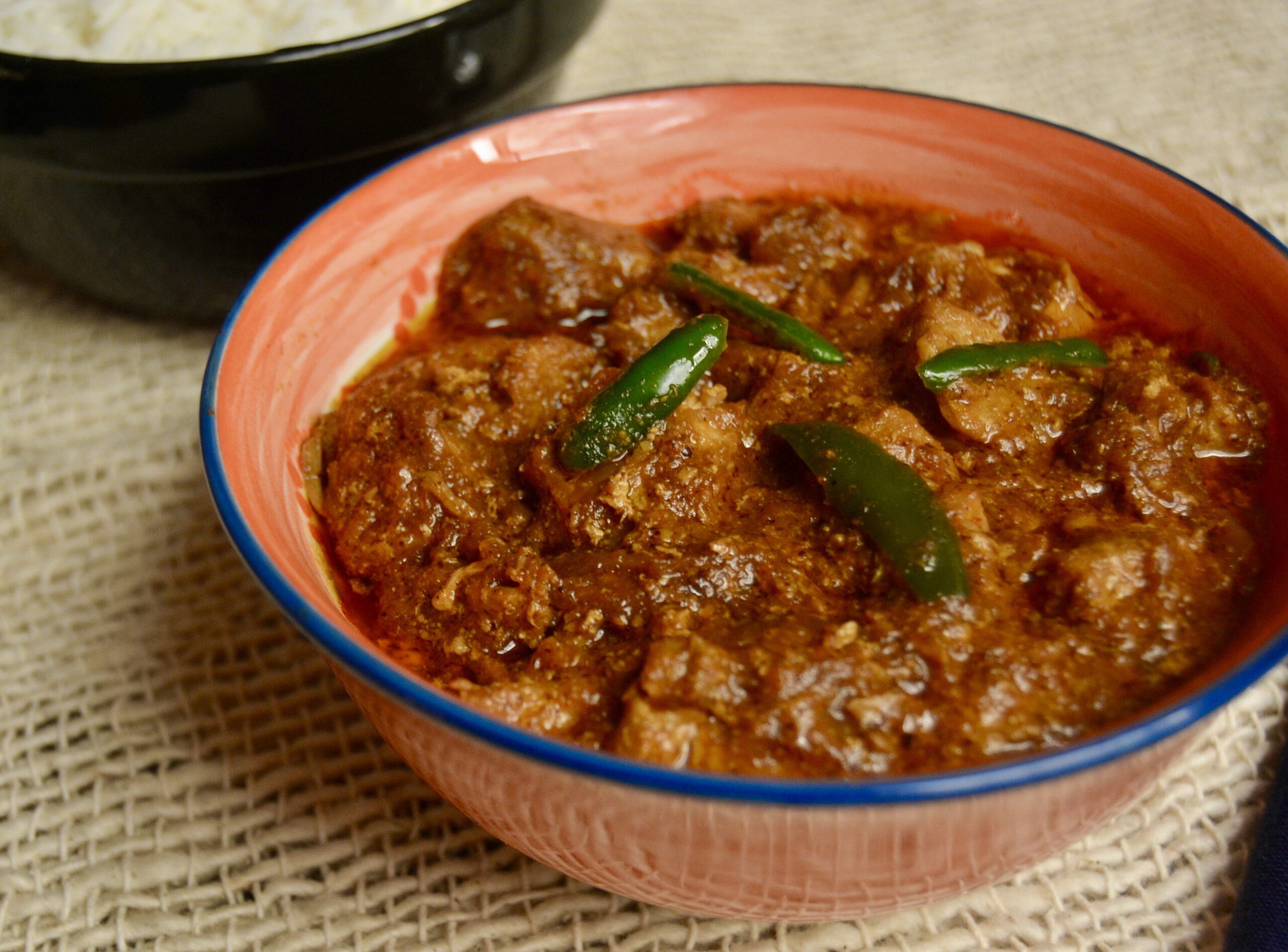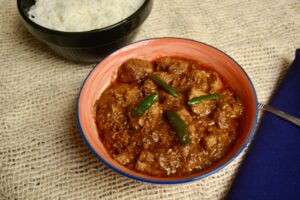I am at the grocery store trying to pick out a cut of beef for a roast. I have fixed various kinds of roast, but I spot a cut called an eye of round roast beef that I have never cooked. I decided to try it using Mama’s recipe for a leg of meat she would fix for Christmas when we were in India. Most feast days were elaborate Indian meals, but for Christmas and Easter, Mama went Western in our house. She would hand-pick the leg of goat or lamb meat and then supervise the cook in preparing it.
The meat was slow-cooked on the stovetop until done. I recall one Christmas, our cook had just finished fixing the roast and brought it to the dining table to rest. A few minutes later, our pet, an Alsatian named Sally, was drawn by the smell of the roast. With her front paws up on the table, she was big and nimble enough to grab the leg of meat and bring it to the floor. Cook heard the crash and came running but was too late. Sally had decided what she would like for dinner! Fortunately, there was enough time to fix a couple of chicken roasts, so dinner was not a disaster.
For a chicken roast, try our Tandoori Chicken Roast.
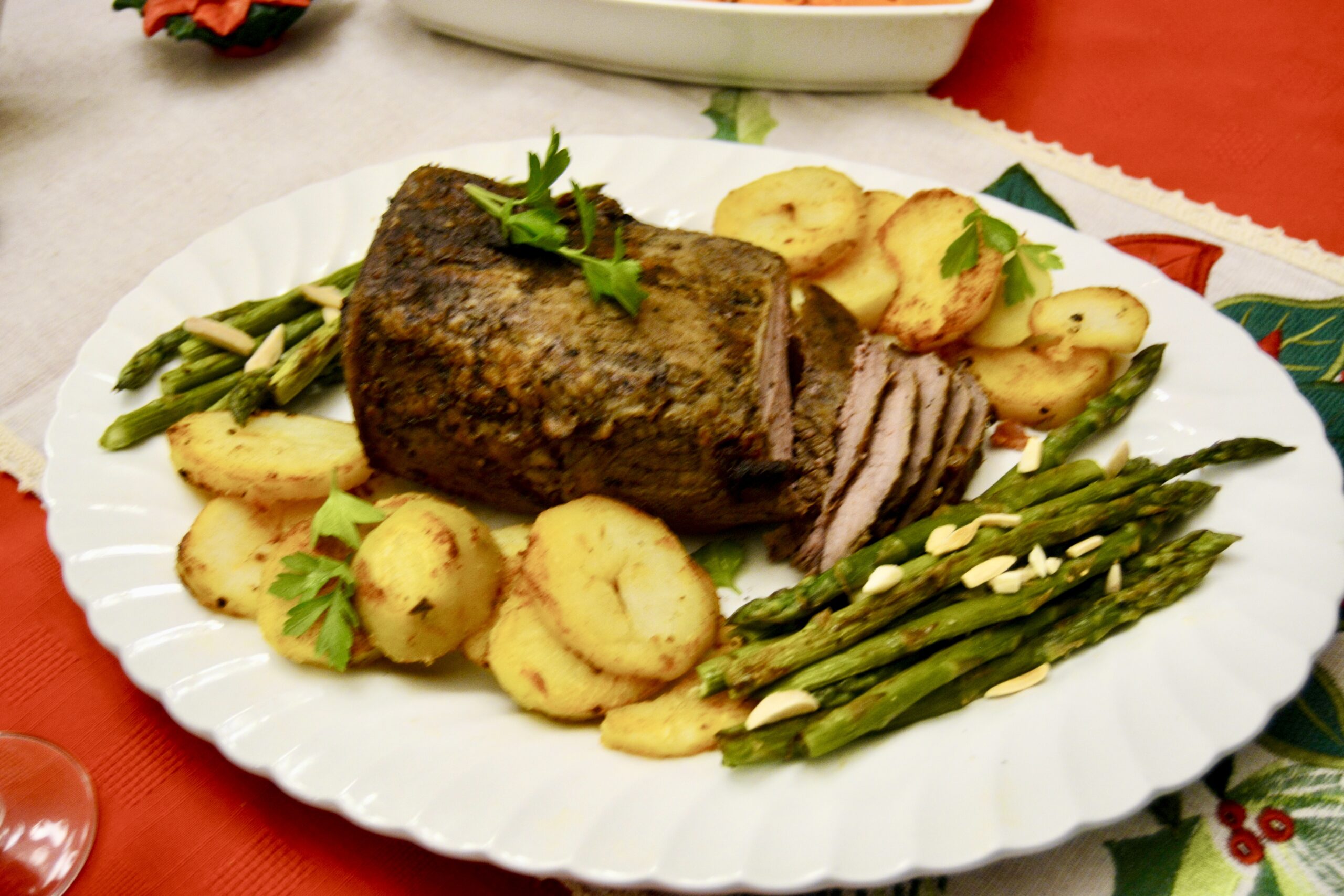
Christmas Roast
Ingredients
- 2.7 lbs eye of round roast (or any cut of beef your prefer)
- 1 tbsp cooking oil (for rub)
- 1 large black cardamom (optional)
- 1 tbsp cracked pepper
- 1½ tbsp kosher salt
- 3 tbsp Worcestershire Sauce
- 2 tbsp cooking oil
- 1 one-inch cinnamon stick
- 2 Bay leaves
- 8 whole cloves
Instructions
- Mix the oil, cracked pepper, salt, and Worcestershire sauce in a small bowl.
- Place the roast in the bowl and rub the roast with the mixture. Let the roast rest in the bowl for half an hour to bring it to room temperature.
- Keep a roasting rack and pan ready. Brush lightly with oil.
- Turn the oven on and set the temperature to 325 degrees F.
- Heat 2 tablespoons of oil on a medium heat using a heavy-bottomed pot or skillet.
- Add the black cardamom, cinnamon, bay leaves, and cloves. Let sizzle for 30 seconds.
- Now add the roast and sear it on all sides, turning carefully with pair of tongs. Let each side brown nicely for 2-3 minutes. Continue to do this until all the sides are nicely browned—approximately 15 minutes. Turn off the heat.
- Transfer the roast to the baking pan but save the skillet drippings for the gravy.
- Add about 1 cup of beef broth to the baking pan to keep the roast moist and prevent its juices from burning.
- Cover the lightly with foil and bake the roast for 1/2 hour covered.
- Uncover and bake for approximately another hour or less until done to your preference. Our family prefers it well-done.
- Remove from the oven, and cover the roast loosely with foil.
- Let it rest for 30-40 minutes before slicing. This will help the juices inside the roast to redistribute themselves without being lost while cutting.
- Transfer to a serving platter and circle roast with vegetables of your choice.
- I use steamed and lightly sautéed peppered asparagus (or long green beans) and boiled fried potatoes. You could also use steak-fried potatoes.

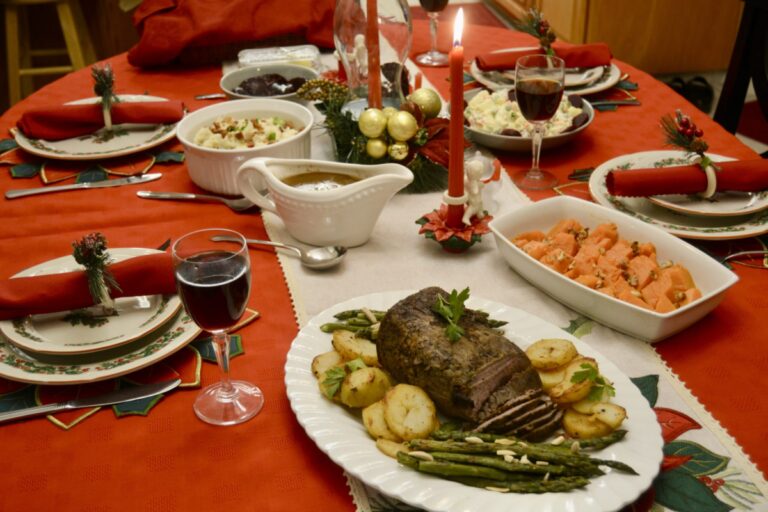
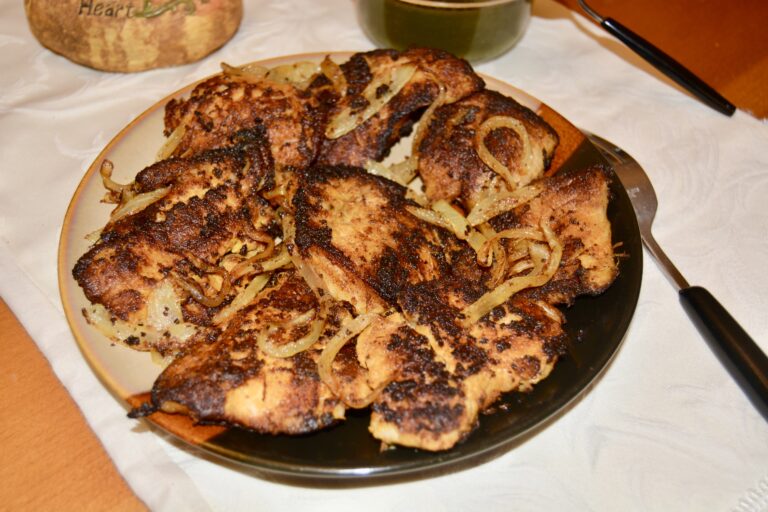
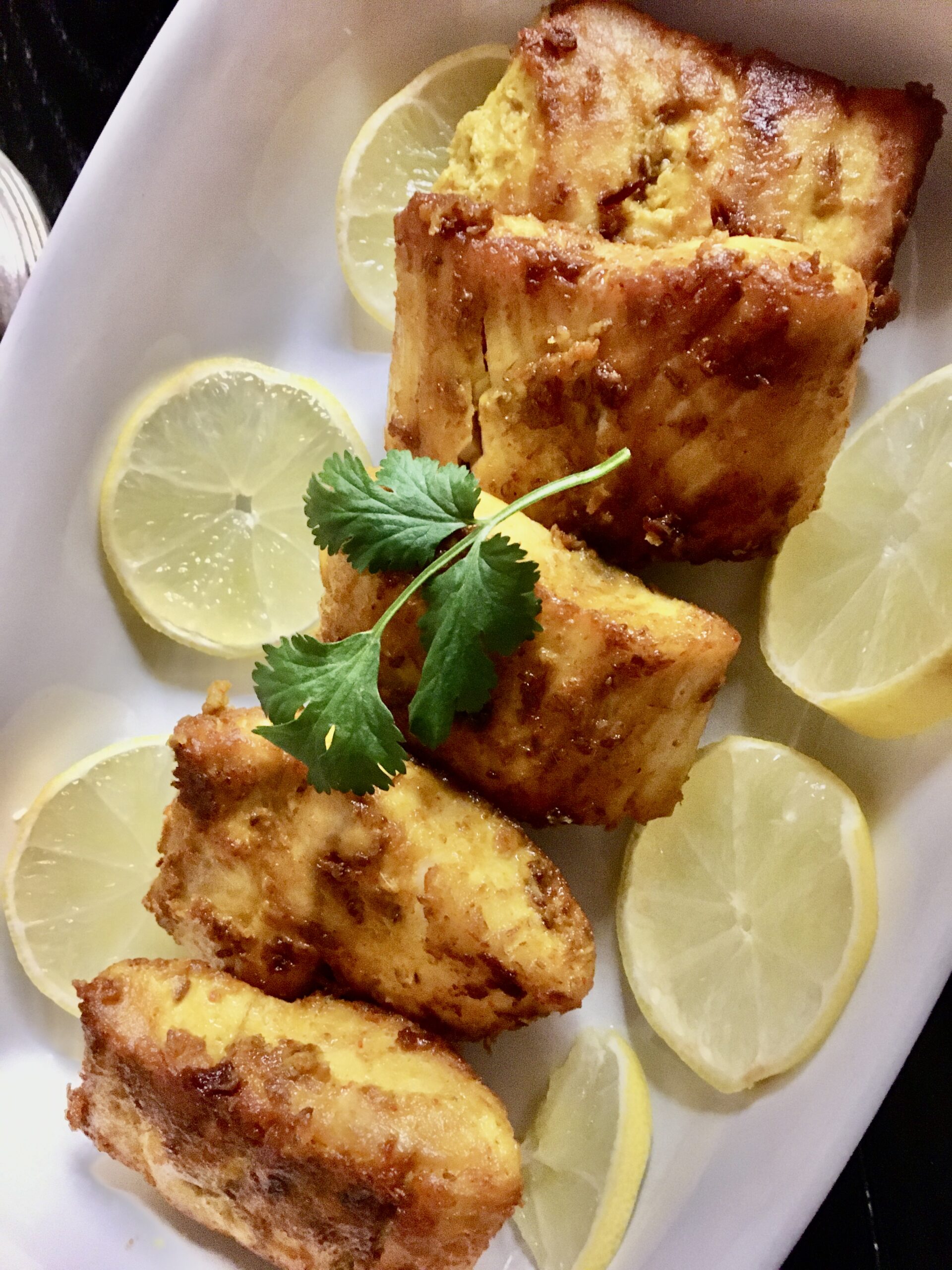

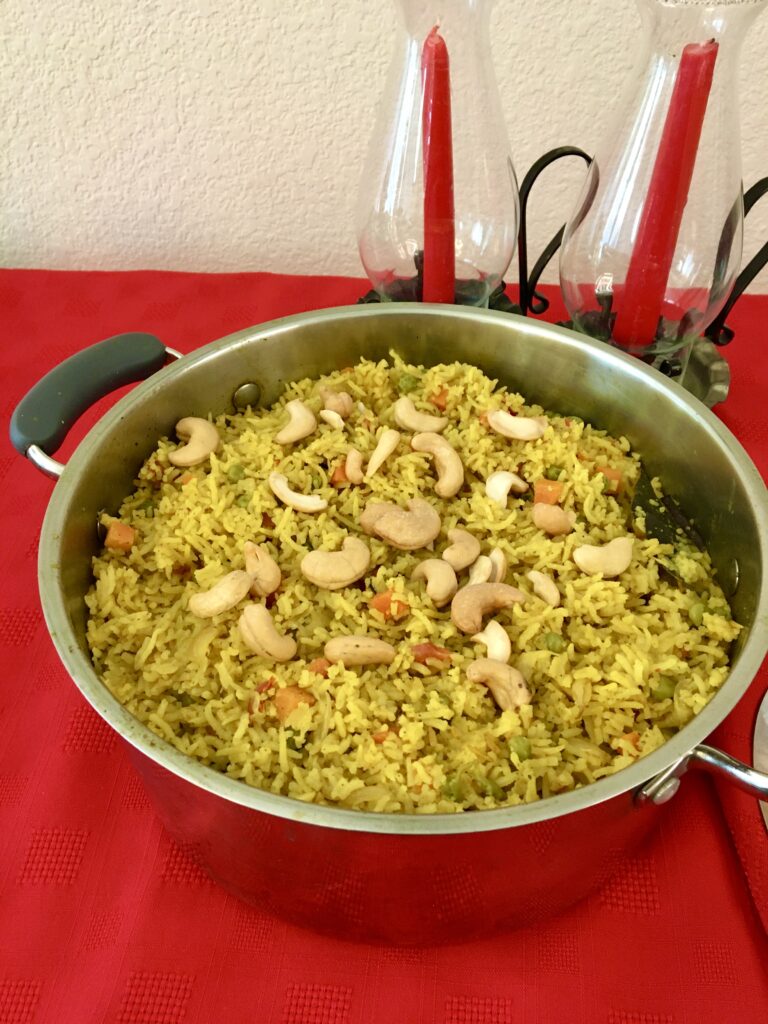
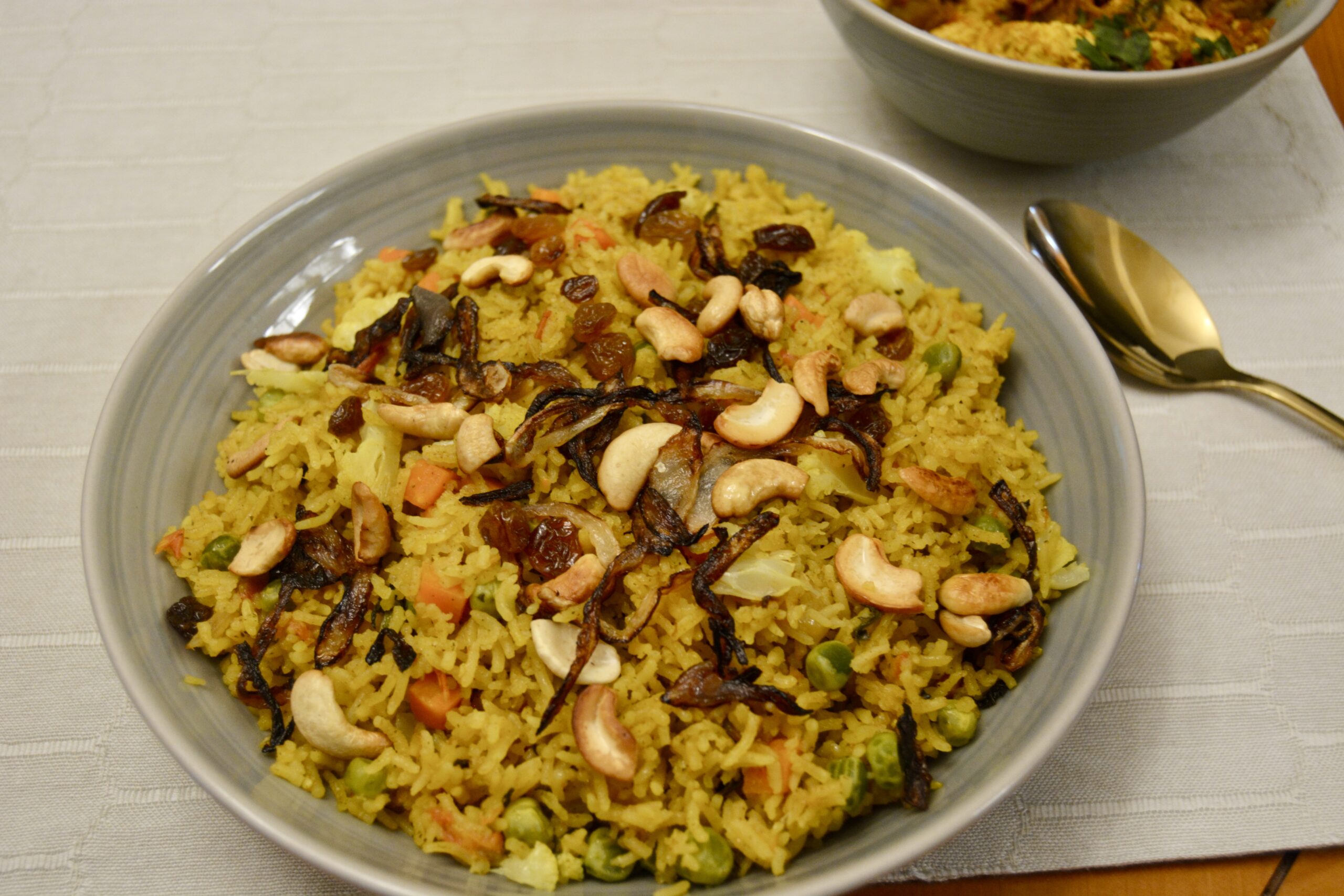
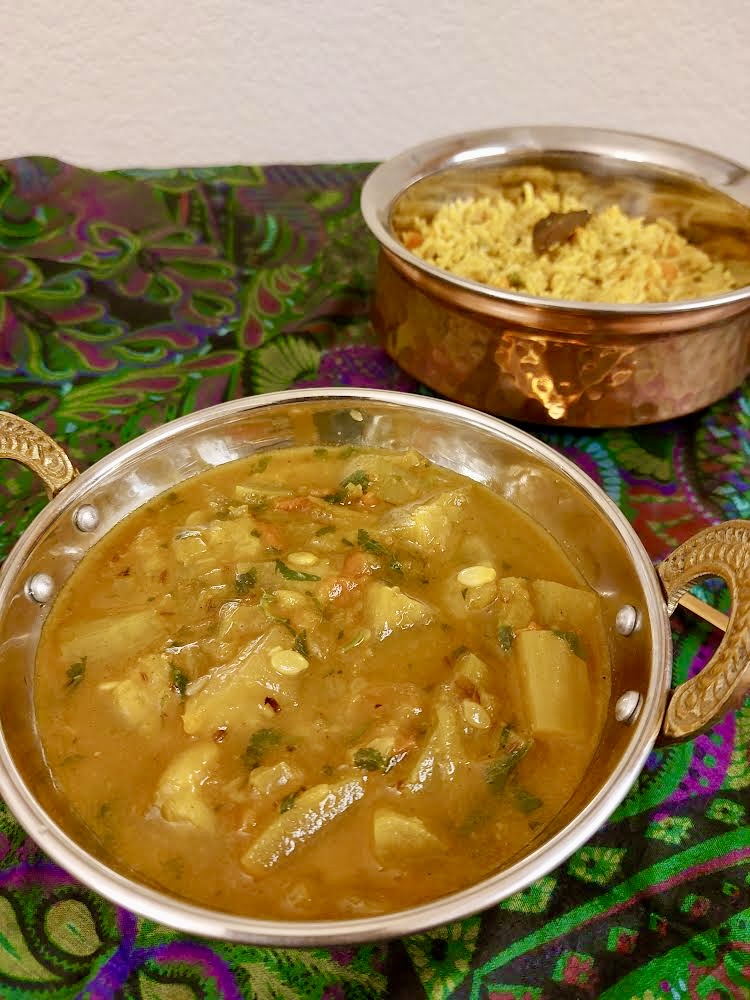
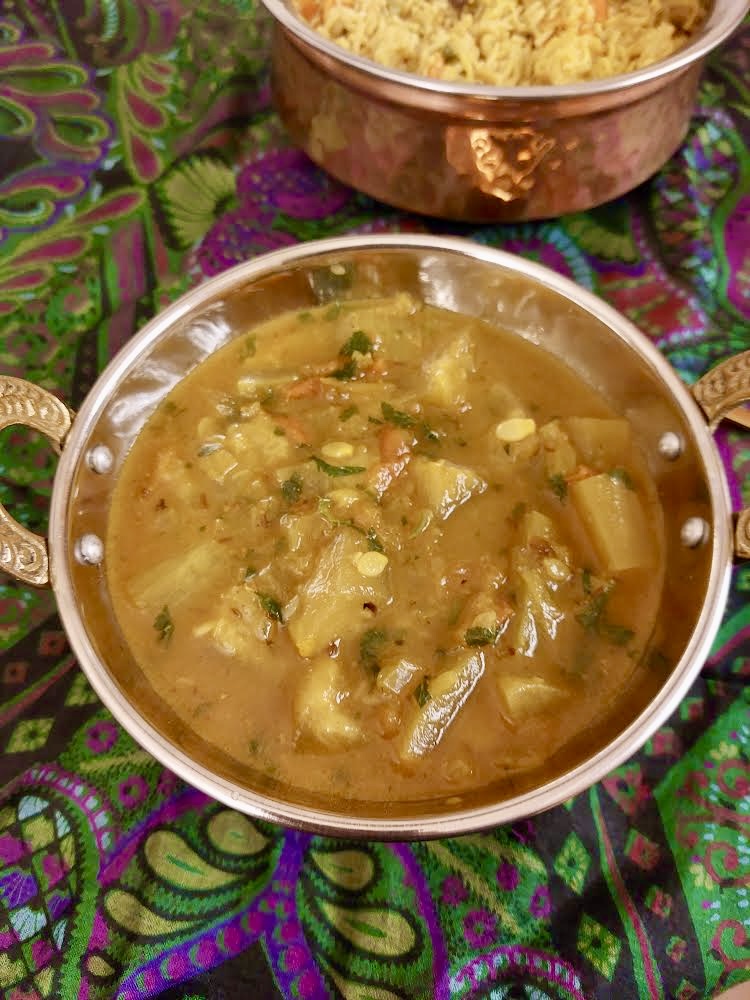
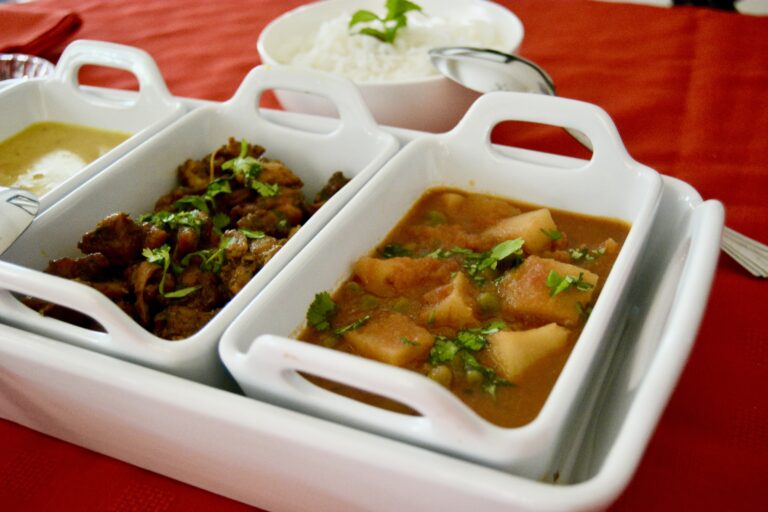
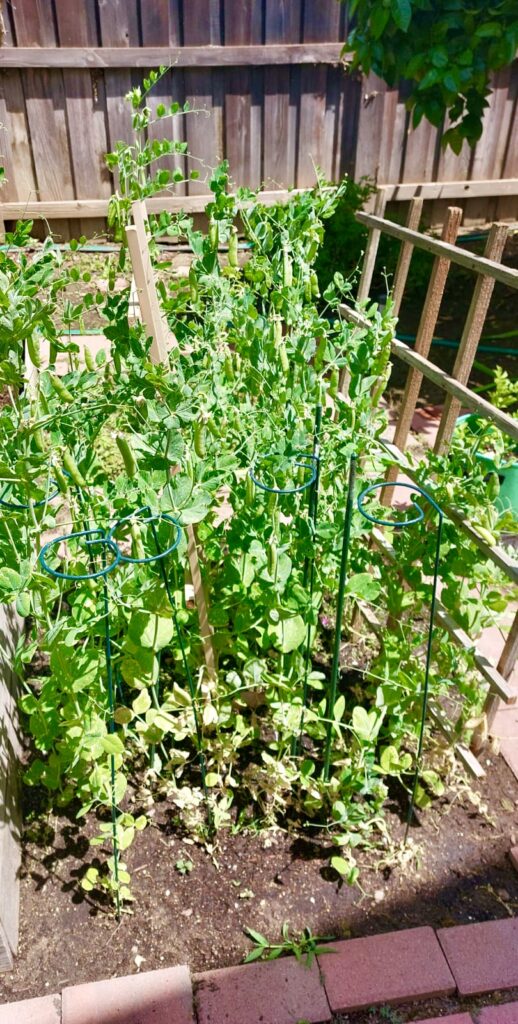 The morning is beginning to heat up. I look out my kitchen window at the small patch of peas I am growing. It needs a weeding. Armed with my garden hat, gloves, and shovel, I head out to see if I can tackle the weeds before it gets too hot. I am pleased to see that there are enough peas I can pick to fix a curry or sabzi (sautéed vegetable of any kind without gravy). A little while later, I return to the kitchen with fresh peas.
The morning is beginning to heat up. I look out my kitchen window at the small patch of peas I am growing. It needs a weeding. Armed with my garden hat, gloves, and shovel, I head out to see if I can tackle the weeds before it gets too hot. I am pleased to see that there are enough peas I can pick to fix a curry or sabzi (sautéed vegetable of any kind without gravy). A little while later, I return to the kitchen with fresh peas.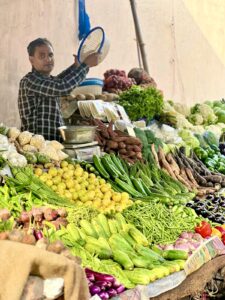 I recall walking through the sabzi mandi’s (vegetable markets) in India or stopping by the wayside vegetable vendors’ stalls by the primary market. The vegetables were always farm fresh. You would make your selection. The grocer would weigh these on scales and put them into the ‘thaila’ (cloth bag) you carried with you—before plastic bags hit the scene! Of course, there was always bargaining to be done. It was an essential part of the buying process. I didn’t bargain much, knowing how hard they worked to make a living, so I always caved. I never quite got used to it!
I recall walking through the sabzi mandi’s (vegetable markets) in India or stopping by the wayside vegetable vendors’ stalls by the primary market. The vegetables were always farm fresh. You would make your selection. The grocer would weigh these on scales and put them into the ‘thaila’ (cloth bag) you carried with you—before plastic bags hit the scene! Of course, there was always bargaining to be done. It was an essential part of the buying process. I didn’t bargain much, knowing how hard they worked to make a living, so I always caved. I never quite got used to it!